Manufactured Housing Powers Through
Marcus & Millichap Senior Vice President Michael Glass talks about how the sector is weathering the current economy.
Manufactured housing has been one of the least affected real estate market sectors this year—despite the pandemic and rising unemployment. Strong rent collections and very limited supply are expected to keep vacancy rates low in the coming quarters, according to a mid-year Marcus & Millichap report, especially along the Pacific Coast and Florida.
When it comes to things to be on the watch for, the same report points to the decline in inventory of parks and the shutting down of a growing number of communities to be redeveloped for better returns. Although rent rates are not expected to change drastically by the end of this year and into 2021, because of the continued outbreak of COVID-19, rent control remains a concern among park owners and investors.
Marcus & Millichap Senior Vice President Michael Glass shares his insights on how manufactured housing is weathering the current economy. He also offers potential solutions for the current decline in supply and highlights some trends emerging in the sector.
READ ALSO: How Job Losses Impact Manufactured Home Production
The MHC sector has been deemed the most viable solution for the affordable housing crisis. In what way has the pandemic impacted this view?
Glass: Manufactured housing remains an important piece of a multifaceted approach to address affordable housing challenges in high-cost areas. The pandemic has amplified the benefits of having additional internal and external space relative to multifamily affordable housing, where social distancing is more difficult.
Despite rising unemployment, operators have reported high rent collection rates in the affordable and manufactured housing sectors for the first half of the year. How do you explain this?
Glass: Several factors come together to explain high rent collection totals. Nearly one-third of manufactured housing communities cater to seniors aged 55 and above. These tenants generally have more savings or are retired, so the deep employment cuts have a limited impact on rent collection. Renters in both manufactured homes and affordable housing that receive assistance from local governments are also unlikely to have felt a financial impact from the shutdown and limited reopening.
How do you expect rental rates to perform in the second half of this year and even further into 2021 in light of the current economic challenges?
Glass: Relative to other forms of investment real estate, rental rates in manufactured housing are anticipated to remain relatively sturdy. Demand for affordable housing exceeded supply in many areas entering the health crisis, particularly in the West. With little pressure on manufactured housing vacancy, and under four percent Class C apartment vacancy, pressure on rents will be limited.
What solutions do you see for adding more communities in the context of declining supply?
Glass: Suburbanization has the potential to have a two-fold impact on the sector. Although the extent of the trend has yet to be fully realized, some of the population may shift from the densely populated city cores into more open spaces. On one hand, the cost to convert infill communities to other housing types may no longer pencil out due to excess core housing, which will stem the loss of supply. Second, four- and five-star communities in suburban locations may compete with entry-level housing for urban refugees following the health crisis.
Let’s talk about the growing interest in four- and five-star communities. What characterizes this trend?
Glass: Retiring baby boomers, evolving perceptions of the asset class and an overall shift to amenities-based housing are driving the rising demand for four- and five-star communities. Approximately 10,000 baby boomers turn 65 daily and many explore retirement communities across the Sun Belt. Over the past several years, neighborhoods catering to these residents have ramped up their offerings to remain competitive. This trend is not limited to manufactured home communities. Independent living operators have also moved along a similar path. High home prices are also encouraging potential homebuyers to seek alternatives to onsite builds.
What are you seeing at the lower-cost end of the MHC sector?
Glass: Strong demand in high cost-of-living markets persists. Skyrocketing apartment rents and mortgages in coastal communities over the past decade are encouraging lower-income job seekers to seek out manufactured home communities. Larger footprints than Class C apartments can support multigenerational families in these communities.
Workforce housing is expected to impact MHCs going forward. Can you tell us more about this trend? Are there any other factors that may be impacting the sector in the post-pandemic economy?
Glass: To date, workforce housing utilizing manufactured homes has predominately been in oilfields or other mineral extraction locations. The affordability relative to single-family homes is immense and worthwhile for mining companies. Post pandemic, several factors may come together to generate additional interest in workforce housing. Many cities are grappling with housing costs above those a typical public employee can afford. Combined with an increase of urban-infill land once occupied by now-shuttered retail, workforce manufactured housing may be a direction city and state officials explore to remove dilapidated retail stock and provide an alternative to multifamily affordable housing.




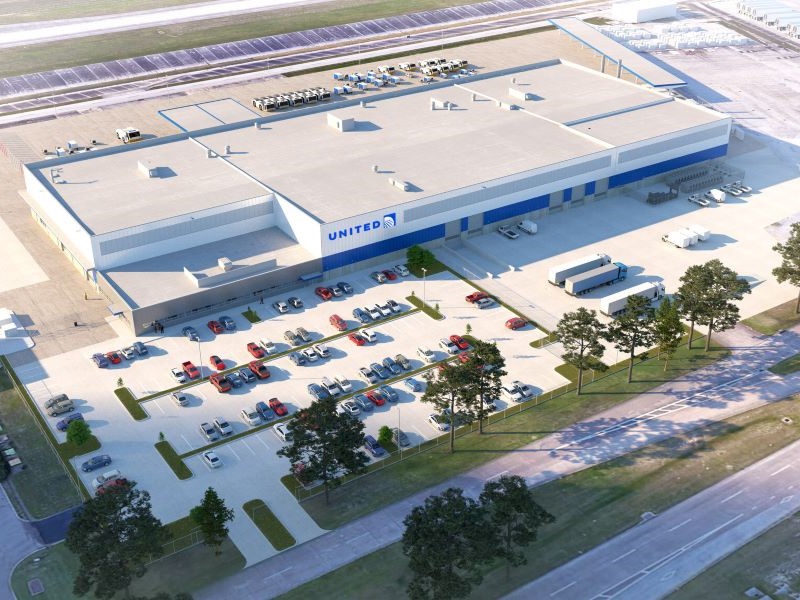
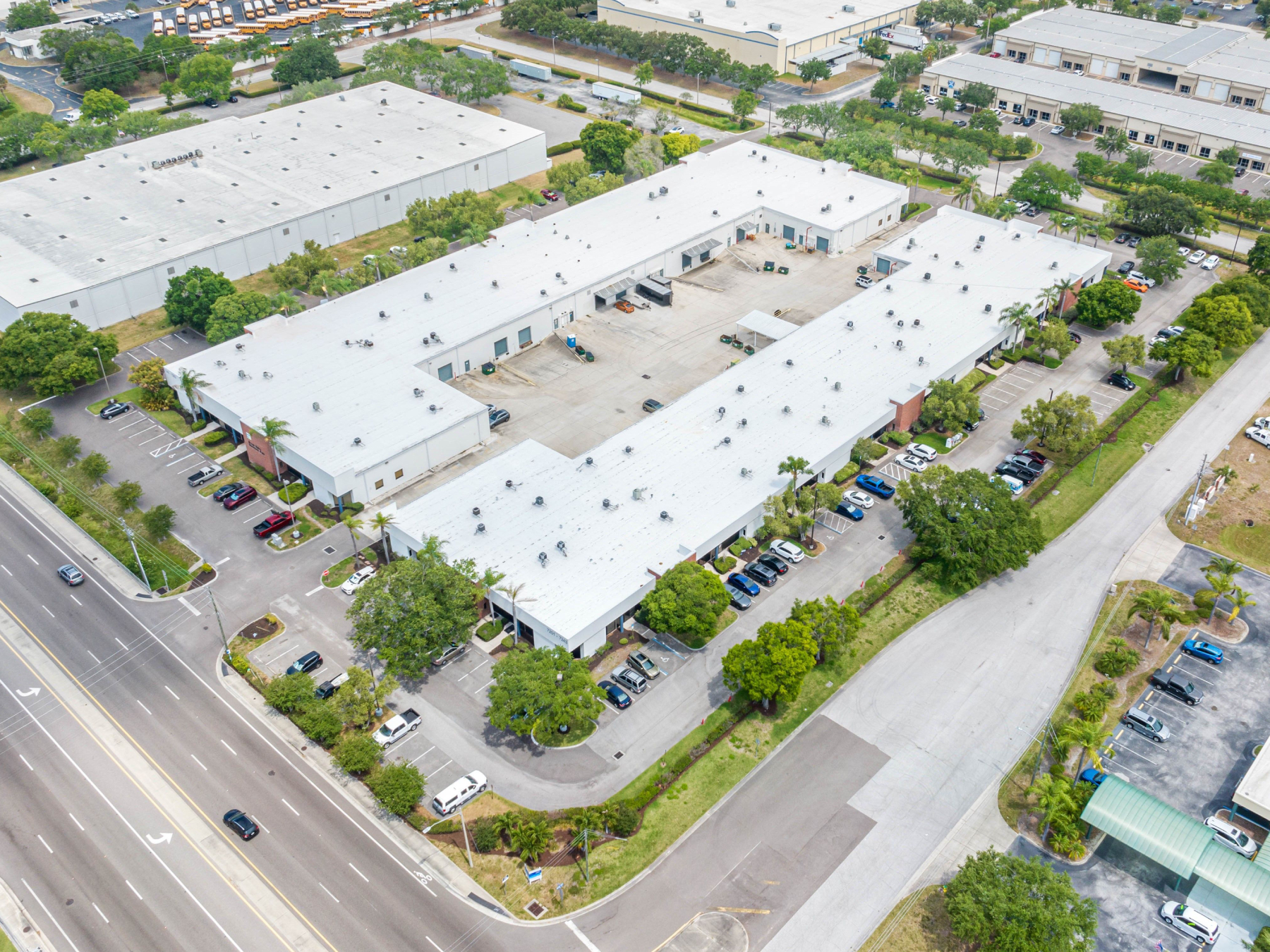
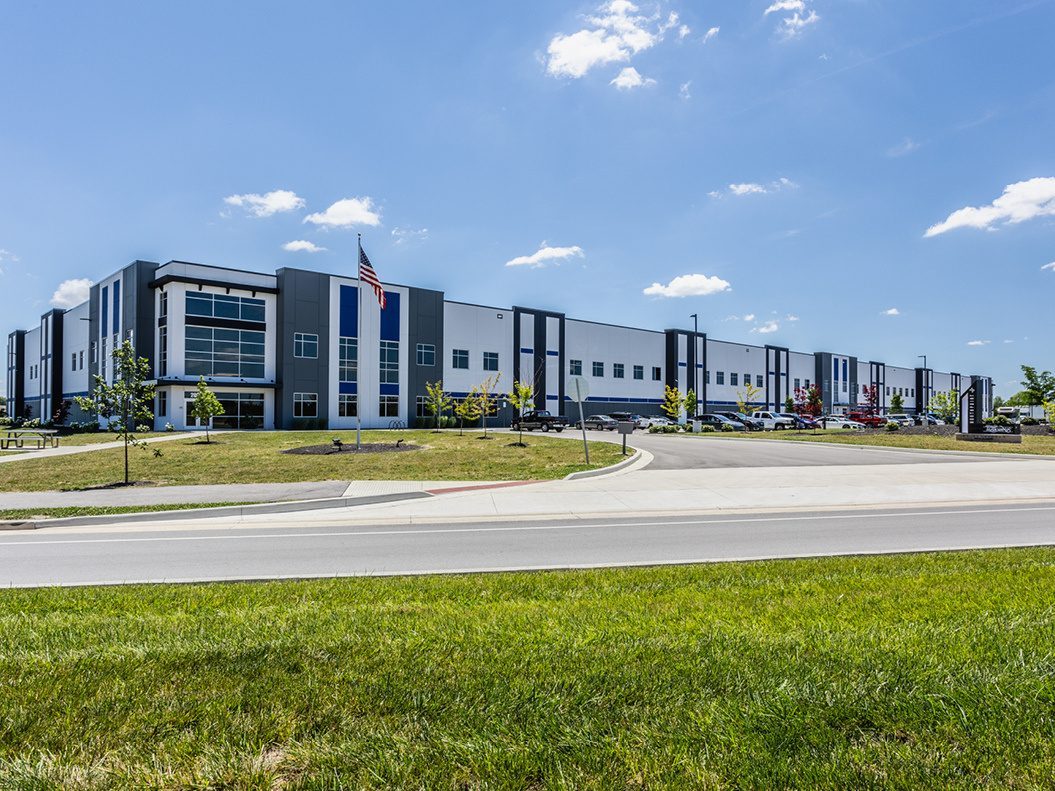
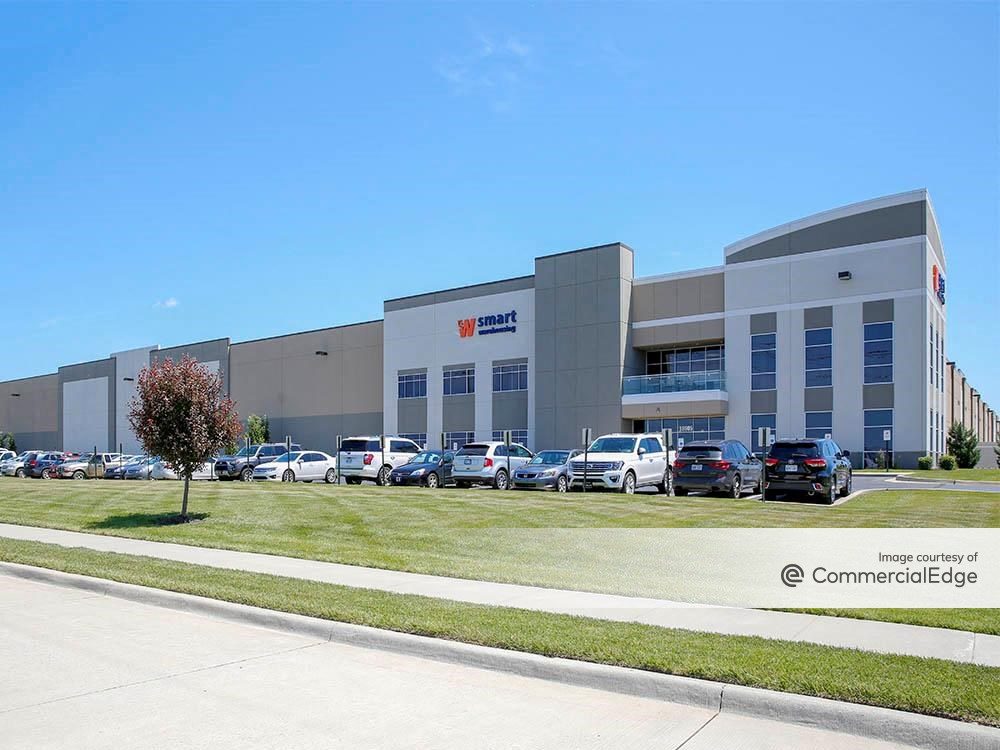
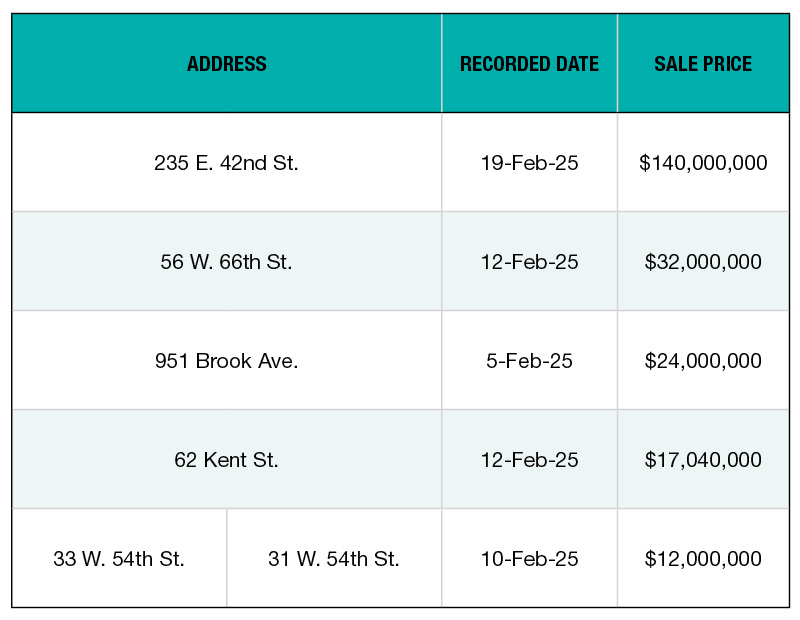
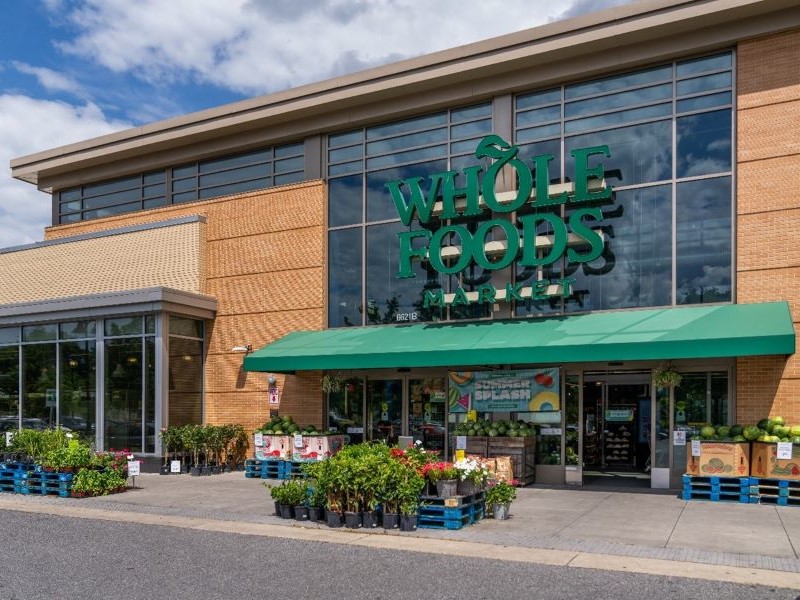
You must be logged in to post a comment.